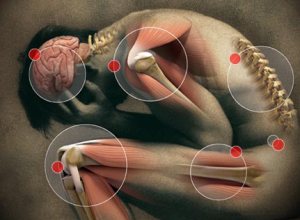ProThera Supplements
Here at TWIHW, one of the supplement lines we offer is ProThera. Below is a list of what ProThera does that gives us confidence that we are providing high quality supplements to you. See the main article in today’s newsletter by Dr. McManus to learn more.
ProThera, Inc:
- Produces their nutraceuticals in licensed manufacturing facilities that strictly adhere to current Good Manufacturing Practices (GMP) through all stages of production.
- Every lot of material is selected based on purity, bioavailability, documented actions and safety characteristics.
- All components are tested and certified for active components, toxic elements and microbial content.
- Purity and potency of all raw materials is verified through independent testing laboratories.
- All raw materials undergo quarantine, inspection, evaluation and identity testing by infrared spectroscopy.
- Each finished product is evaluated for quality control.
- Products are free of artificial flavors, preservatives and colorings.
- The inactive substances (known as excipients) that serve as the vehicle or medium for a nutraceutical are naturally-derived, inert materials including cellulose-based product, vegetable-derived magnesium stearate, L-leucine and silicon dioxide, all used in very small amounts to aid in encapsulation and tableting.
- Avoid the use of common allergens such as wheat, corn, soy, yeast and dairy unless otherwise specified on the label.








